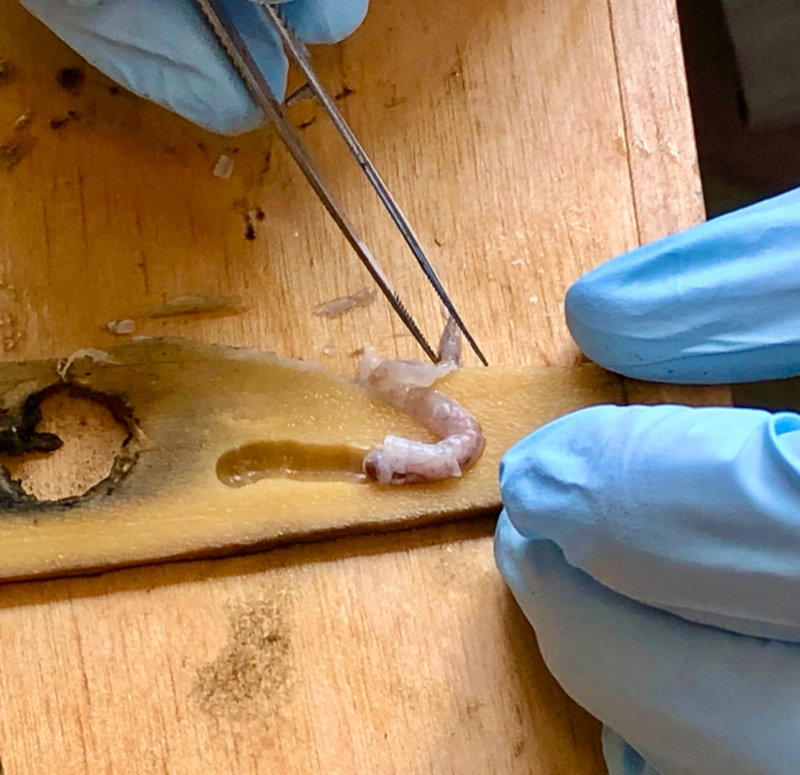The Museum of Science, Boston is set to revolutionize its visitor experience with the construction of a new space that will serve as the central hub for its three new Centers for Public Science Learning. The 10,000-square-foot renovation of the Cahners Theater will establish the Public Science Common, which will offer visitors an immersive and interactive experience that blends science with art and culture.
Todd Sperry, chief marketing officer at the Museum of Science, described the current Cahners Theater space as outdated and in need of modernization. The new space will feature shimmering glass walls that allow visitors to see beyond the theater’s boundaries and take in stunning views of the Charles River and Boston and Cambridge. The Public Science Common will have a capacity to accommodate up to 700 people and will be equipped with flexible, multimedia technology to host a variety of events including robotics competitions, lecture series, school trips, dance performances, and theatre shows.
The project aims to transform the skyline by providing visitors with a cutting-edge space that is both engaging and informative. Museum President Tim Ritchie expressed enthusiasm for the project, stating that it will lead the world in engaging the public with science in a new and exciting way. “This project represents our commitment to bringing science to life for everyone,” he said. “We want people to come here and be inspired by what they see.”
Funding for the renovation comes from a generous donation by Bloomberg Philanthropies. Although exact costs have not been disclosed yet, it is estimated that it will cost around $5 million dollars. The Museum of Science anticipates that the Public Science Common will be open to visitors by 2026. This project is expected to attract thousands of visitors each year who are interested in science education and public engagement initiatives.
In conclusion, this project is an excellent example of how museums can adapt their spaces to meet changing needs while still staying true to their mission. By investing in technology and design innovation, museums can continue to engage audiences in meaningful ways while promoting scientific literacy for all ages.


